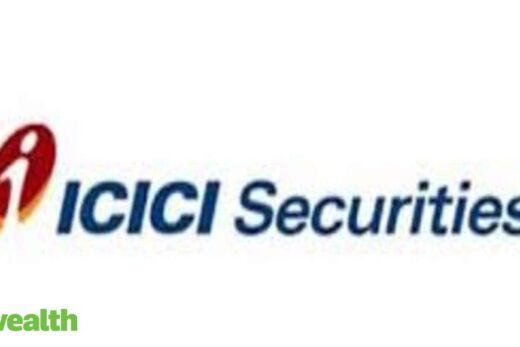26 April: File forms 15H or 15G to avoid TDS
This is the time to submit Form 15G (for those below 60) and Form 15H ( for senior citizens) to avoid TDS on dividends and interest income. There are certain conditions that must be satisfied first. Form 15G can be fi led if total interest income does not exceed the maximum exemption limit (Rs 2.5 lakh) and tax on total income is nil. Form 15H is for senior citizens and can be submitted if the estimated tax payable for the financial year is nil. The forms have to be fi led afresh each year. Banks now allow online submission of these forms, which is a convenient option, especially for senior citizens and particularly in these times.
27 April: Rightsize your PF contribution
The budget has changed the tax rules for the Provident Fund. Interest earned by the individual’s contributions above Rs 2.5 lakh will now be taxed. If you were contributing more than Rs 2.5 lakh to the Provident Fund in a year through the VPF, it’s time to tell your employer to reduce it to the tax-free threshold. But do keep in mind that even after 30% tax, contribution exceeding Rs 2.5 lakh to the Provident Fund will still yield 5.85% returns. No other debt instrument other than the PPF can match this. If you can get a better return elsewhere, go ahead and change your VPF mandate.
28 April: Open a PPF account
For investors in the 20% tax bracket and above, the Public Provident Fund can give higher returns than the taxable Provident Fund. If you contribute more than Rs 2.5 lakh a year to the VPF but don’t have a PPF account, it makes sense to open one now. The PPF will yield 7.1% tax-free returns compared to 5.85% earned by Provident Fund in the 30% tax bracket and 6.8% in the 20% bracket. Some banks such as HDFC Bank and ICICI Bank allow you to open a PPF account online. The PPF cannot completely replace the VPF as there is a Rs 1.5 lakh annual investment limit. Besides, rates may go down in future if government bond yields continue to decline.
29 April: Invest in small savings schemes
Investors in small savings schemes got a respite when the government reversed its decision to cut interest rates. However, the rates are likely to go down because government bond yields have been on a downward trajectory for the past several months. If rates are cut, the existing investments in the PPF and the Sukanya Samriddhi Yojana will also be affected. But in many other schemes such as the Post Office Monthly Income Scheme, Kisan Vikas Patra, NSCs and Senior Citizens’ Saving Scheme the rate will not change till the rest of the term. It makes sense to lock in at the prevailing rates of these schemes before the next round of rate cuts.
30 April: Start tax planning for the year
The tax planning season is still far away, so few people have tax savings on their mind right now. But experts say you should start your tax planning from April itself, rather than wait and make hasty decisions in the last few weeks of the financial year. If planning to invest in ELSS funds, start an SIP in a tax-saving fund right away. By February-March, you would have already done 10-12 SIPs. Starting early also means you won’t face a liquidity crunch due to bunching of tax-saving investments at the end of the financial year. You will also have enough time to choose the best option.



